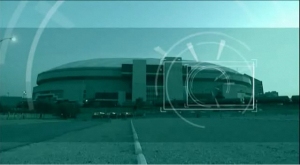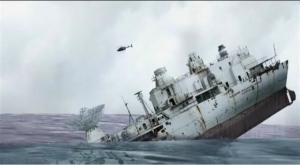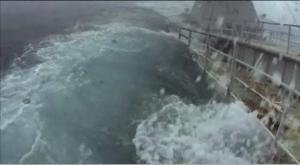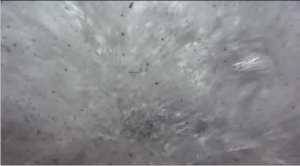Compositing a 3D documentary: converting 2D to 3D
Even though we’re going to shoot our first 3D documentary entirely in the third dimension, our visual effects will still be generated from stills.
Our compositor, Jakub Kuczynski, has been converting 2D VFX from previous episodes of the explosive demolition series Blowdown as he preps to work with photos from the implosion of the Fonte Nova Stadium in Salvador, Brazil.
He’s working in 3D space in Adobe After Effects. So to convert shots, he:
1) Generates a second camera in the 3D space, so there’s a camera for the left eye and the right eye.
2) Positions the second camera being aware of the same elements as shooting on location: how close objects are to the camera, etc.
3) Goes thorough the shot, key frame convergence depending on where the camera is in relation to objects.
4) Creatively decides where the depth cues will work best.
5) Renders both eyes.
6) Hand over to edit, then check the shot out on our polarized monitor.
Go through the shot, key frame convergence, spit out a left eye and a right eye.
It’s great to see some of the shots of 2D past converted into 3D – prominent, big and impressive.
Here’s the anaglyphic version of one of the shots, a bunker fly-in from Spyship: sinking the Hoyt S. Vandenberg – now the second-largest artificial reef in the world – off the coast of Florida.





